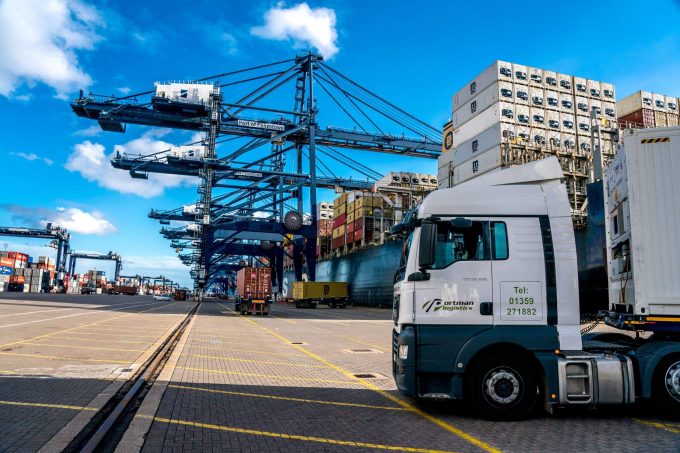China’s container depots fill up as exports feel the pinch
Container depots in China are full and having to turn away new customers, following a ...

Container terminals around the world are facing a double-whammy of skyrocketing costs and a market downturn.
There will also be a sharp decline in the storage revenue windfalls that boosted their bottom lines in the past two years.
During Drewry’s Container Ports & Terminals webinar this morning, ...
MSC switches two more Asia-Europe port calls from congested Antwerp
Canada and Mexico get cosy with trade plan to bypass US
Front-loading frenzy has made traditional H2 peak season 'unlikely'
Tradelanes: Export boom in Indian sub-continent triggers rise in airfreight rates
Carriers introduce surcharges as congestion builds at African ports
Mexican airport modernisation plan unlikely to boost cargo facilities
Tradelanes: Overcapacity on Asia-S America impacting alliances and rates
Ports and supply chain operators weigh in on funding for CPB

Comment on this article